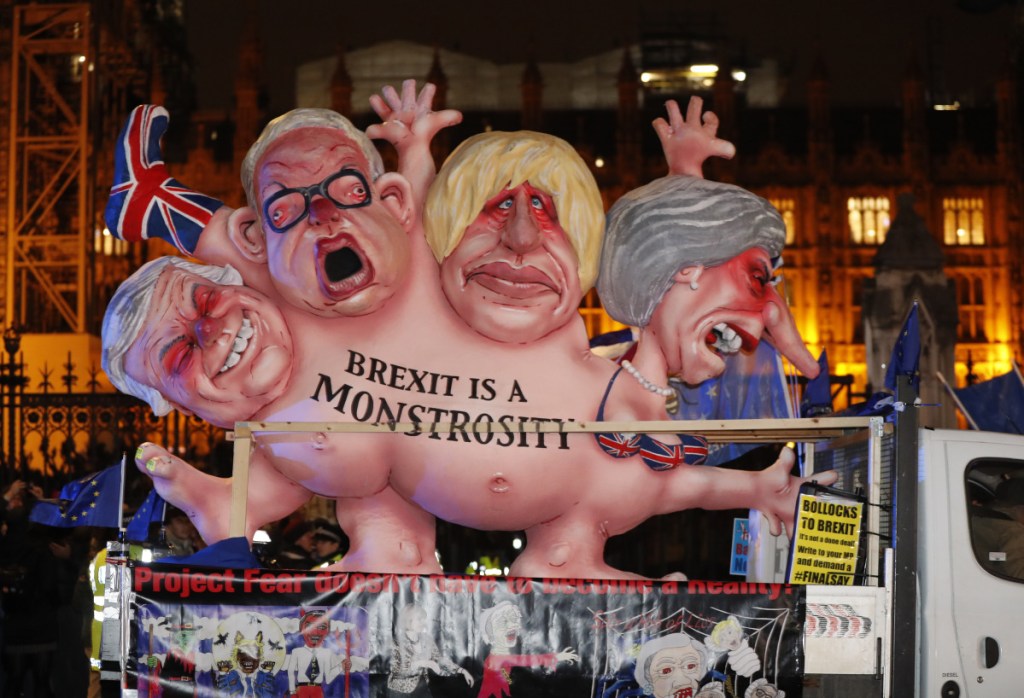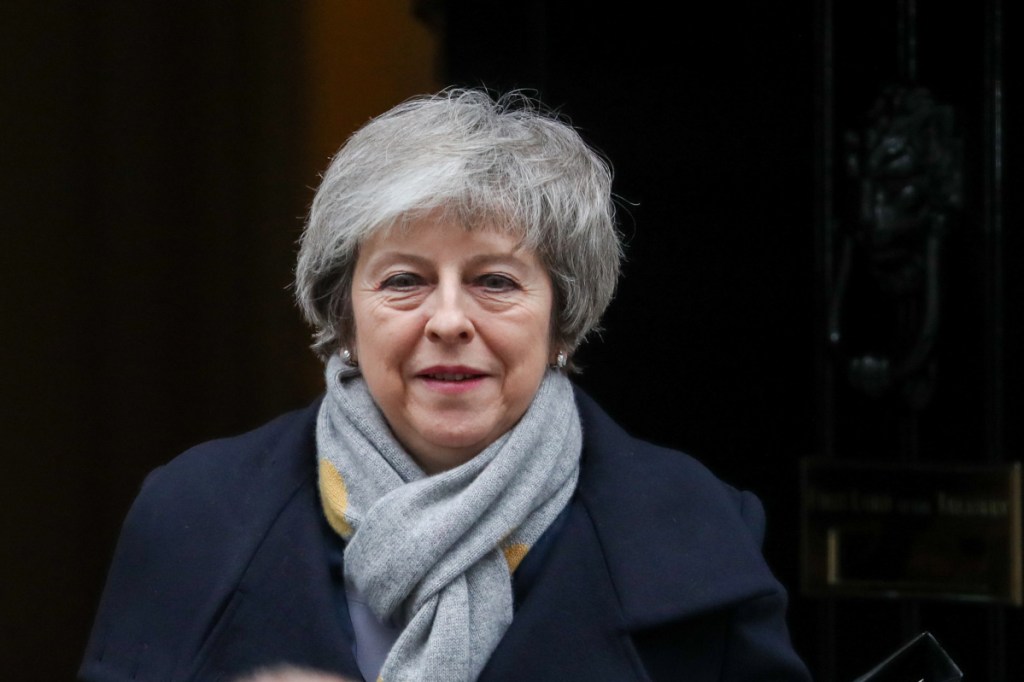If you are confused about Brexit, you are not alone. Britain’s path to leaving the European Union has grown rather complicated and long – full of forks and U-turns in the road and now a resounding defeat for Prime Minister Theresa May’s plan to implement it.
Here’s a quick backgrounder on Brexit.
Q: What is Brexit?
A: Brexit is the name given to Britain’s decision to leave the European Union. This means giving up the automatic free-movement and free-trade rights that come with EU membership, but gives Britain back its individual control over trade and foreign relations.
Q: Why leave?
A: Basically, British citizens voted to do so in a referendum in 2016. The “leave” voters wanted to “take back control” of Britain’s laws and borders and won, 52-48 percent.
Q: So why didn’t it just leave?
A: First, EU law stipulated that Britain and the EU needed to reach a withdrawal agreement, outlining a timetable for a transition period, what happens to EU nationals living in Britain and the amount of money that Britain would pay to the EU for commonly shared investments. After the referendum, May and the EU eventually reached a withdrawal agreement, but it was attacked by a cross section of pro- and anti-Brexit citizens, and the plan was defeated in Parliament on Tuesday. Some Brexit supporters said the plan made too many concessions to Europe. Also complicating May’s efforts was a section of the agreement dealing with the border between Northern Ireland, a part of Britain, and Ireland, a member of the EU. Ireland and the EU have pushed to keep the border open, but such a move would complicate Britain’s status after Brexit, drawing fire from those demanding a quick and clean exit.
Q: Will Brexit affect the United States?
Britain is one of the largest U.S. trading partners, so any negative effects from Brexit could possibly hurt American interests. Britain has also been a convenient gateway to the EU, so a change in Britain’s status could also hurt American companies trading in Europe.
So, what happens now?
A: There are several scenarios. May could try to find a deal more likely to pass Parliament in the next few days and resubmit it for a vote. She could also try to delay Britain’s exit from the EU so that she could have a longer period for negotiations. It is also possible that May could call for a general election or even a second referendum – a so-called “People’s Vote” – on the terms of Brexit.
Her opponents, meanwhile, are threatening to bring her government down with a no-confidence vote.
– The Washington Post
Send questions/comments to the editors.




Success. Please wait for the page to reload. If the page does not reload within 5 seconds, please refresh the page.
Enter your email and password to access comments.
Hi, to comment on stories you must . This profile is in addition to your subscription and website login.
Already have a commenting profile? .
Invalid username/password.
Please check your email to confirm and complete your registration.
Only subscribers are eligible to post comments. Please subscribe or login first for digital access. Here’s why.
Use the form below to reset your password. When you've submitted your account email, we will send an email with a reset code.